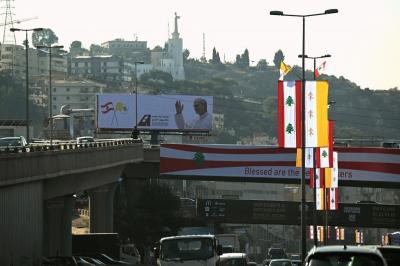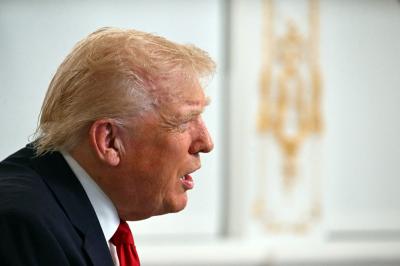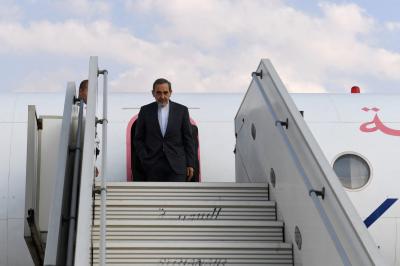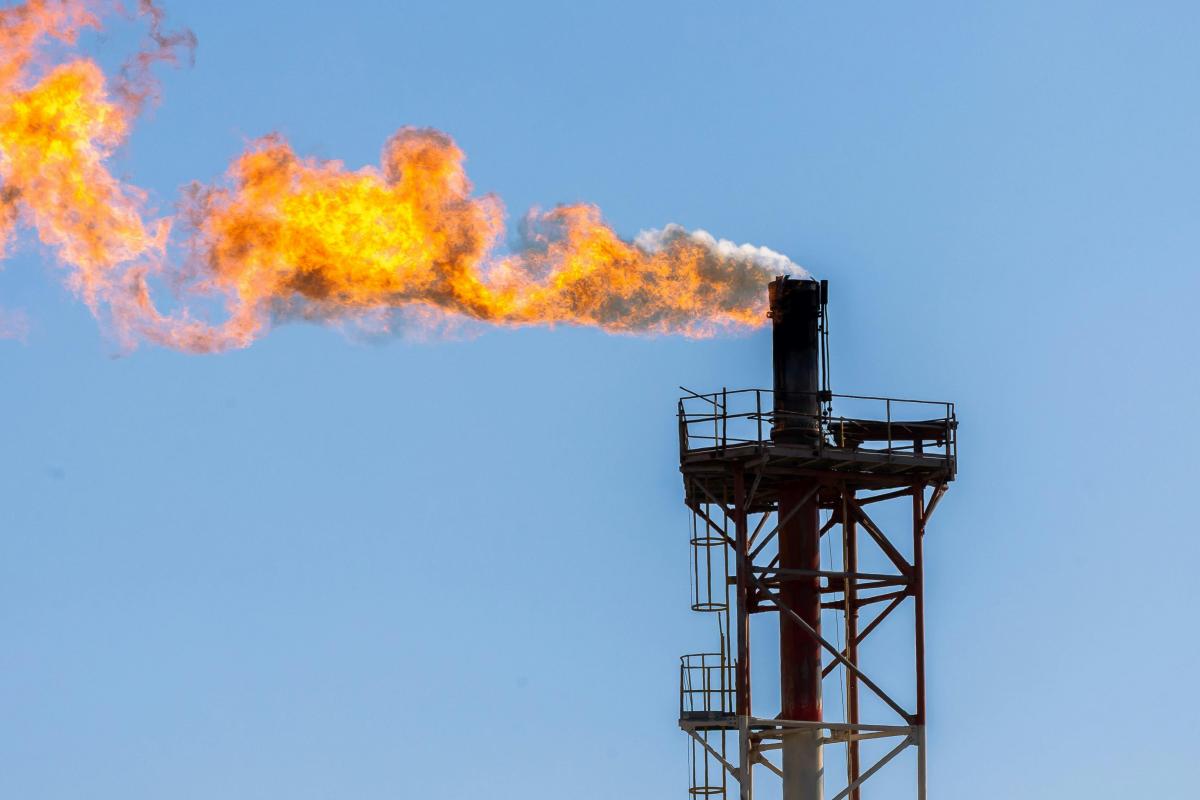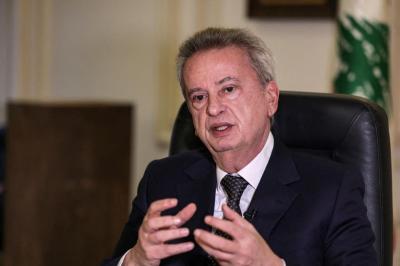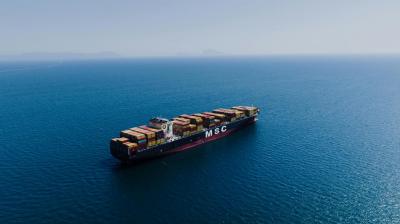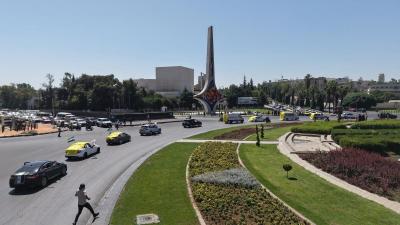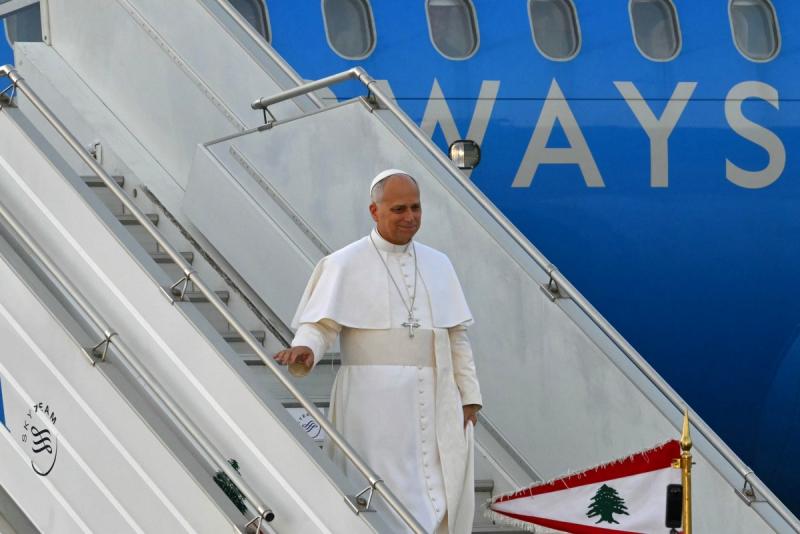Historically, Middle Eastern economies have been directly or indirectly tied to oil and gas. Yet technological advances—generally positive—and climate-related pressures—largely negative—have placed the region’s oil-producing states at a strategic crossroads. They now face a choice: maximize the value of their vast fossil fuel reserves or reposition themselves as a global hub for clean energy. This has forced policymakers to adopt transitional strategies to secure their role as energy suppliers in a world increasingly constrained by carbon emissions—a shift from a carbon-heavy past to a greener future.
Saudi Arabia and the UAE Take the Lead
Countries such as Saudi Arabia and the United Arab Emirates have already moved to integrate low-carbon industries into their existing energy value chains. This approach means leveraging national resources, capital, and infrastructure while exploiting their unique geography for large-scale solar power.
A Strategy Built on Technology and Investment
The regional strategy rests on two main pillars:
1. Decarbonizing hydrocarbons. Gulf Cooperation Council states have expanded the use of carbon capture, utilization, and storage (CCUS) technologies. These allow for enhanced oil recovery while also transforming CO₂ into feedstock for high-value industrial chemicals such as urea and methanol. This strategy ties the region’s oil-rich past to its green future, repurposing gas and existing infrastructure while reducing emissions through CCUS.
This activity also creates new revenue streams by turning carbon into an industrial input, improving the efficiency and environmental compatibility of fossil fuel production. Leading companies—most notably Saudi Aramco and the UAE’s ADNOC—are also building logistical networks to export hydrogen (blue ammonia) to European and Asian markets. The clear long-term aim is to dominate the global hydrogen economy.
On the solar front, the Middle East enjoys some of the world’s highest solar irradiation, translating into low renewable energy costs and, by extension, reduced costs for green hydrogen produced through electrolysis.
2. Investing heavily in clean energy. Saudi Arabia’s $8.5 billion “Neom Green Hydrogen Project” is among the world’s largest, with a planned output of 600 tons of green hydrogen per day. The broader Saudi Green Initiative aims to generate 50% of the Kingdom’s electricity from renewable sources by 2030, supported by large-scale projects such as the 2.6 GW Al Shuaibah solar plant.
In the UAE, the 2 GW Al Dhafra solar power project—spearheaded by Masdar—sets new benchmarks for wind and solar projects locally and globally, driving the green transition.
Sovereign Wealth Funds as Catalysts
A crucial driver of these projects is the region’s sovereign wealth funds—such as Saudi Arabia’s Public Investment Fund and the UAE’s diverse investment vehicles. These funds are essential for de-risking high-stakes ventures and crowding in private capital.
Remarkably, over 90% of Middle Eastern sovereign wealth funds now include green hydrogen, renewable energy, and climate technologies in their long-term investment strategies. This accelerates the region’s emergence as a clean energy powerhouse.
Transformation of the Petrochemical Sector
Perhaps the most striking outcome of these diversification efforts is the shift from crude oil exports toward high-value petrochemicals. This aligns with national visions, such as Saudi Arabia’s Vision 2030, and reflects anticipated changes in demand: as electric vehicles curb oil consumption in transportation, petrochemicals are expected to become the primary driver of global oil demand.
By turning oil into products such as polymers and plastics rather than exporting crude, Gulf producers secure continued demand for fossil fuels while insulating national budgets from the volatility of global oil prices. Both Saudi Arabia and the UAE are investing heavily in refining capacity to maximize value-added per barrel, strengthening fiscal stability and reducing dependence on raw oil exports.
Toward a Global Role in Clean Energy
Ultimately, the Middle East has demonstrated an ability to engage in long-term strategic planning, bolstering its global energy standing. The region is on track to become both highly efficient and among the lowest carbon emitters in the energy sector worldwide.
This evolution could mark the resurgence of Arab innovation—cementing a leadership role in shaping global policy not only in energy and economics but also in climate action.
Please post your comments on:
[email protected]
 Politics
Politics
